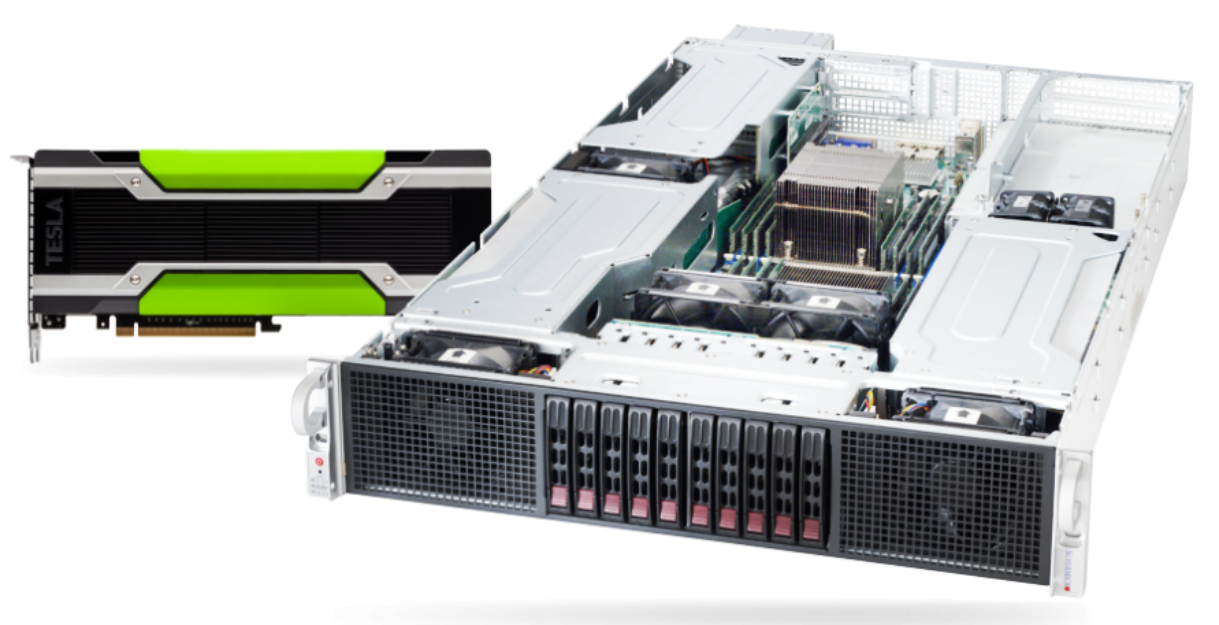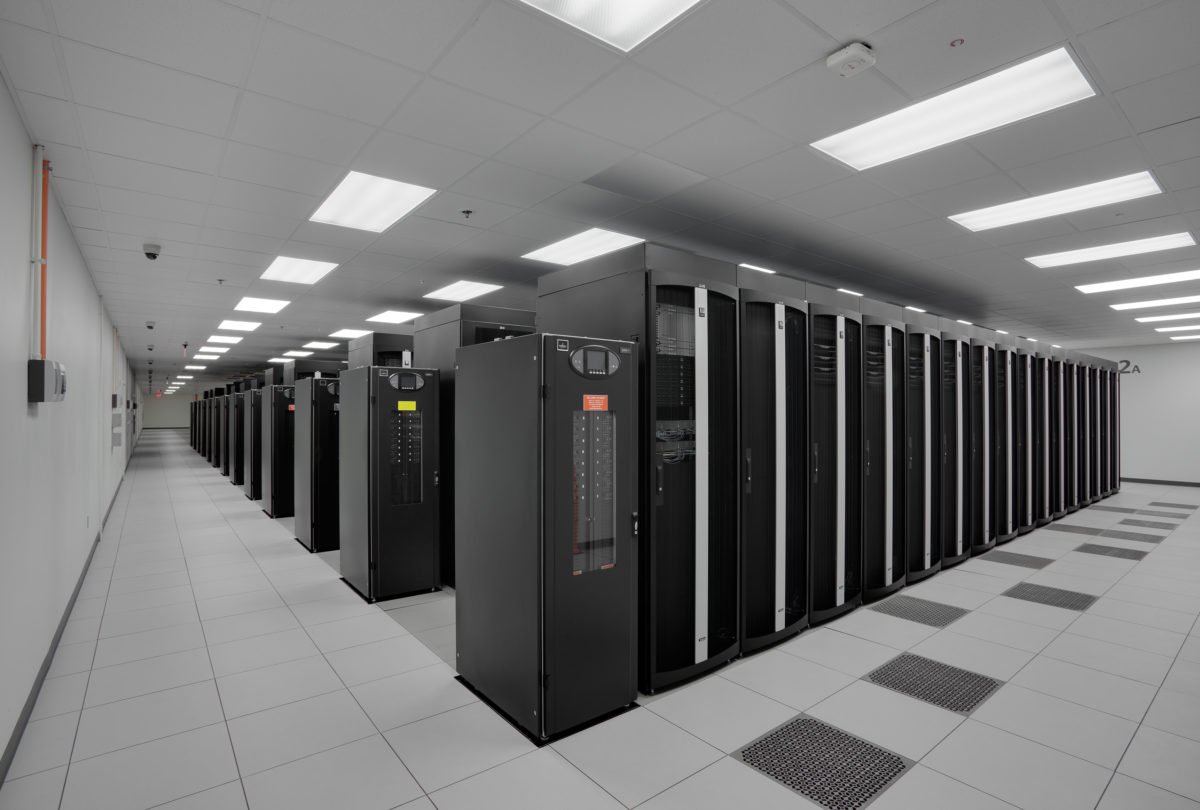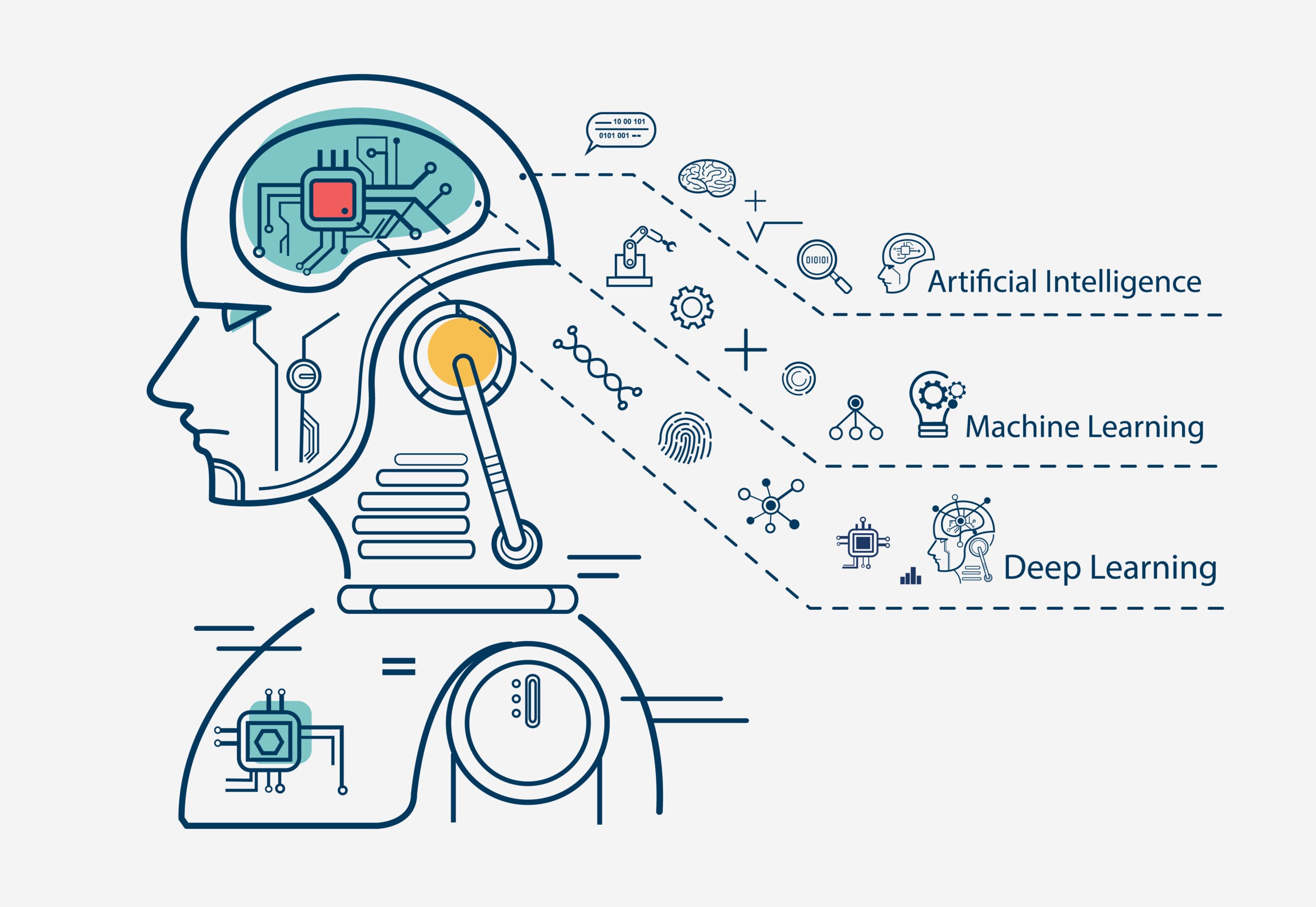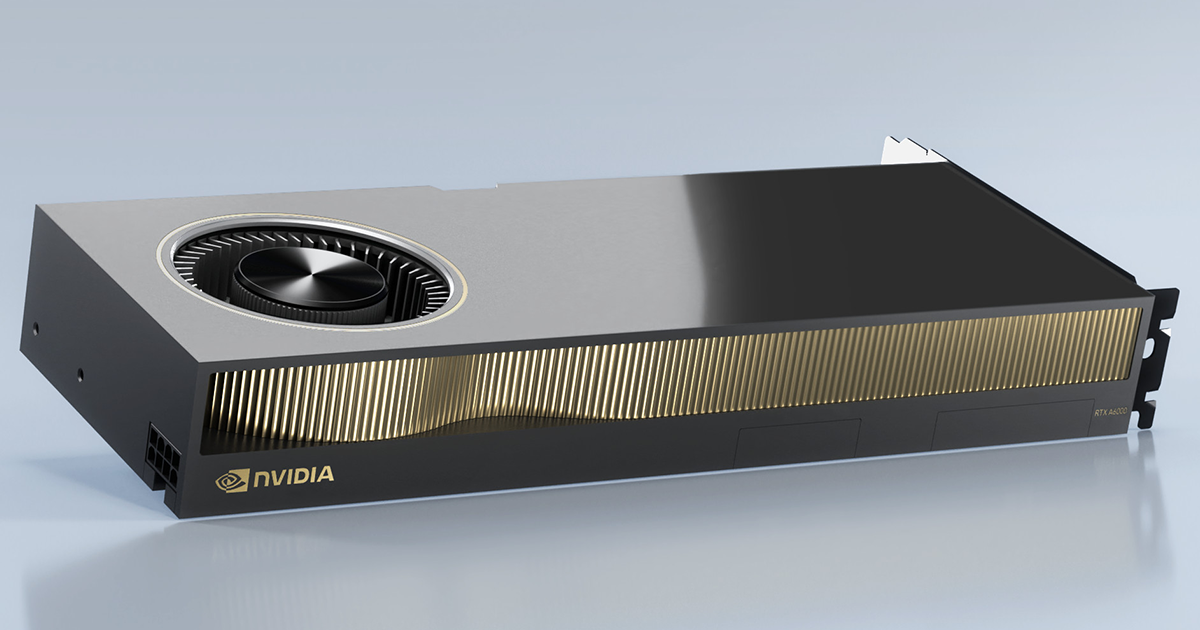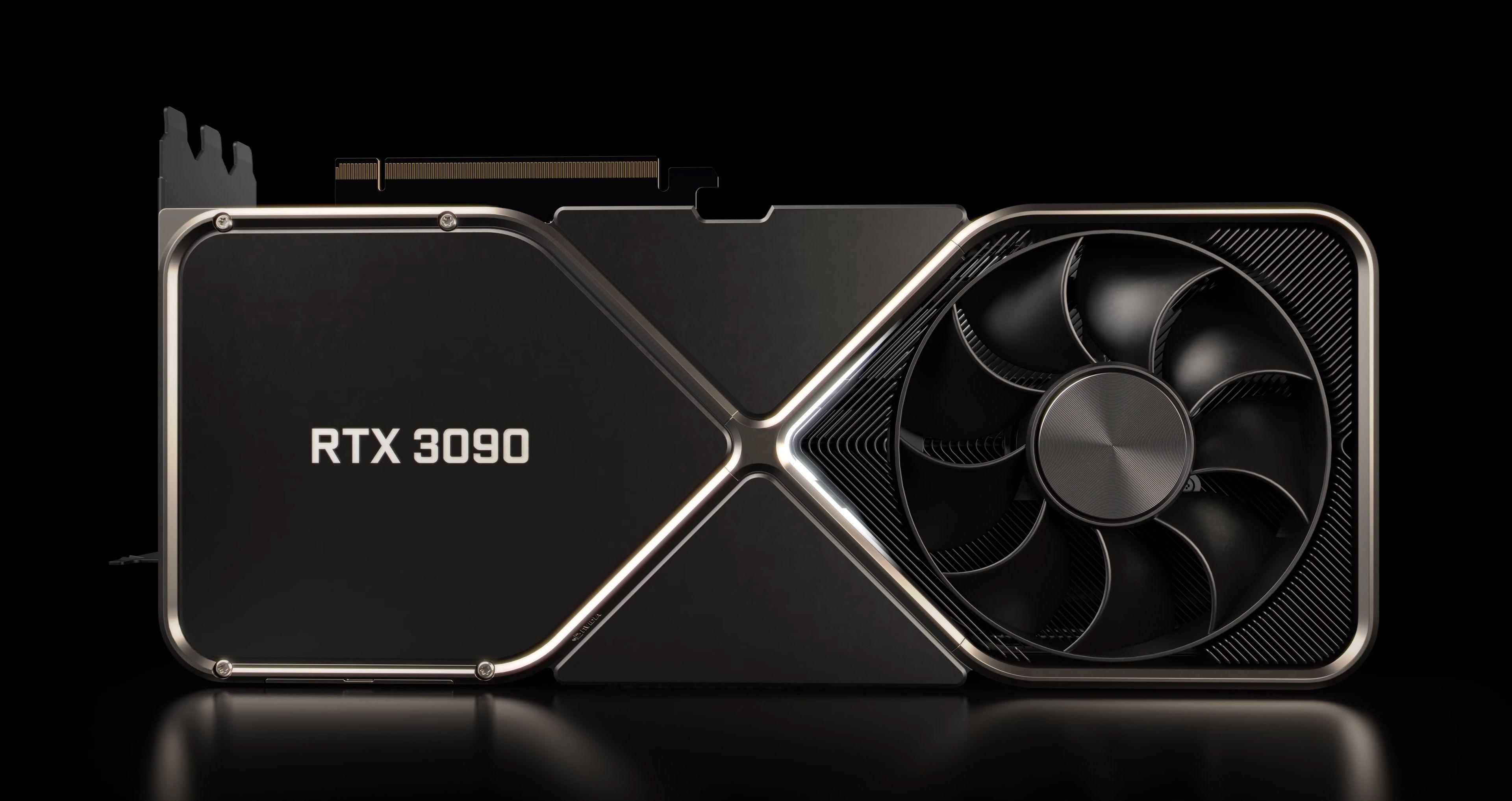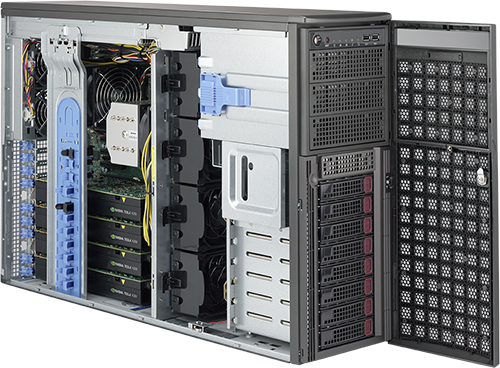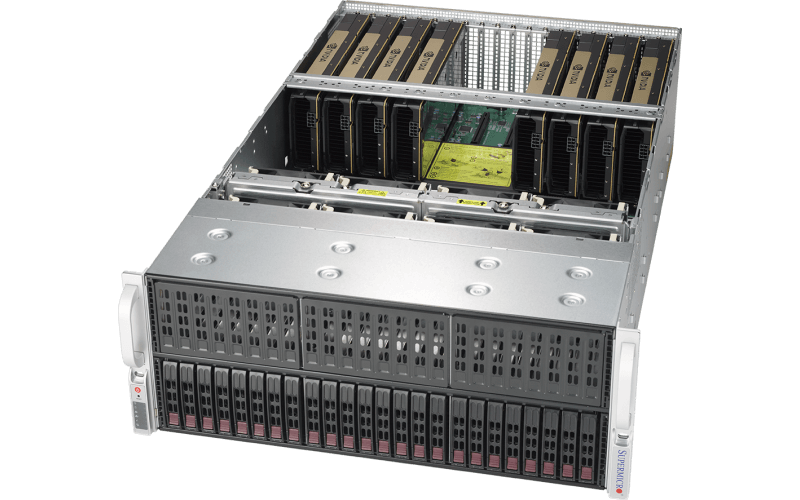|
CUDA Cores
The NVIDIA Ampere architecture CUDA cores provide double speed processing of single-precision floating point (FP32) throughput compared to the previous generation. Providing significant performance improvements to graphics workflows such as 3D modelling and compute for workloads such as desktop simulation.
2nd Gen RT Cores
With 2x the throughput of past generations providing significant ray traced rendering performance, the 2nd gen RT Cores provide incredibly quick speed ups for workloads such as rendering complex professional modelling.
3rd Gen Tensor Cores
The new Tensor Float 32 precision delivers up to 5x the training throughput compared to previous generations in accelerating AI and data science models. Purpose-built for deep learning matrix arithmetic at the heart of neural network training and inferencing functions.
|
